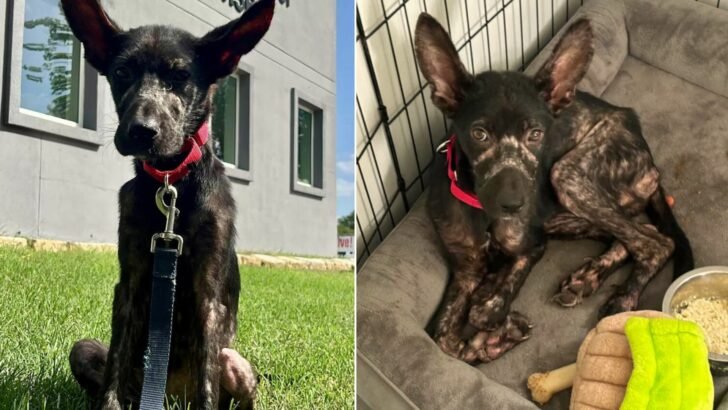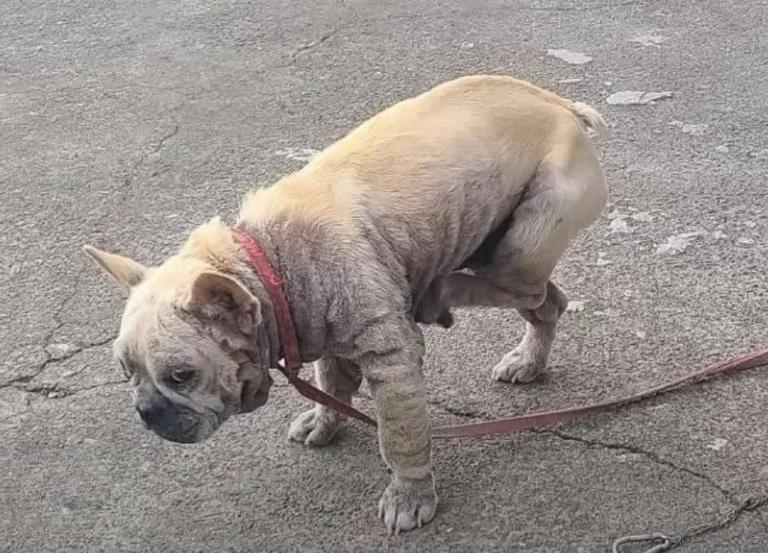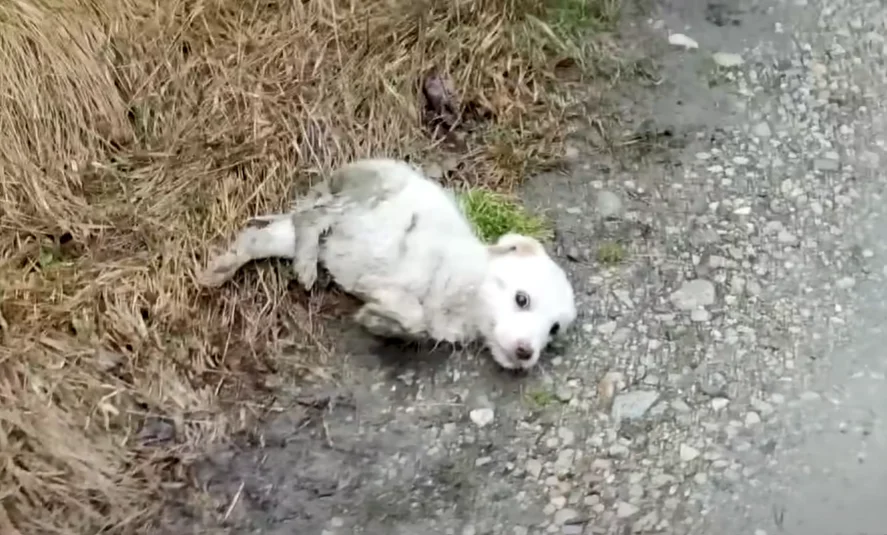If your dog frequently growls, snaps, or bites, you might be dealing with aggressive behavior. Aggression is a common reason why dog owners seek help from professional trainers or behaviorists, and it’s not limited to larger dogs or specific breeds—any dog can exhibit aggression under certain circumstances.
Aggression can’t be resolved instantly, but with the right approach, you can reduce aggressive behaviors and help your dog stay calm.
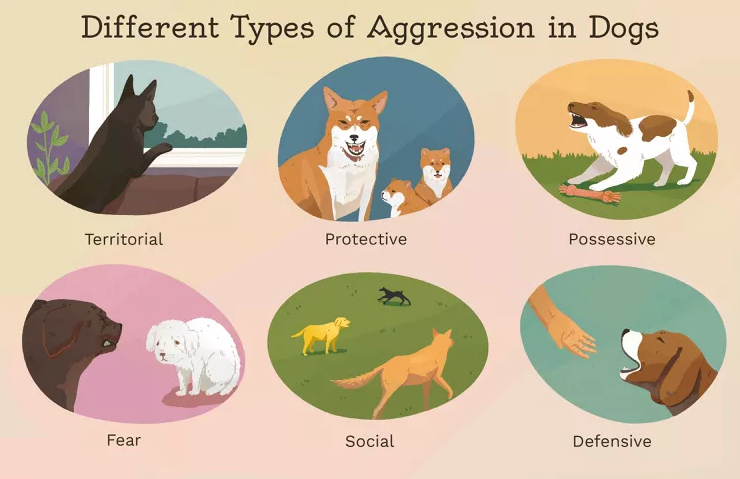
Understanding Dog Aggression
Aggressive behavior in dogs can manifest as growling, snarling, baring teeth, lunging, or biting. Identifying the root cause of your dog’s aggression is crucial for addressing it effectively. Aggression can be triggered by various factors, including:

- Territorial Aggression: Defending their space or home from perceived intruders.
- Protective Aggression: Protecting pack members or, in the case of mother dogs, their puppies.
- Possessive Aggression: Guarding food, toys, or other valued items.
- Fear Aggression: Acting aggressively when feeling threatened or cornered.
- Defensive Aggression: Attacking in defense rather than retreating.
- Social Aggression: Reacting aggressively toward other dogs or people, often due to poor socialization.
- Frustration-Elicited Aggression: Aggression that occurs when the dog is restrained or unable to act on its frustration.
- Redirected Aggression: Aggression directed at a person or animal when the dog can’t reach the source of its frustration or anger.
- Pain-Elicited Aggression: Aggression resulting from injury or discomfort.
- Sex-Related Aggression: Aggression between intact dogs competing for a mate, which can often be mitigated through spaying or neutering.
- Predatory Aggression: Aggression linked to chasing or attacking, often seen in play that escalates dangerously.
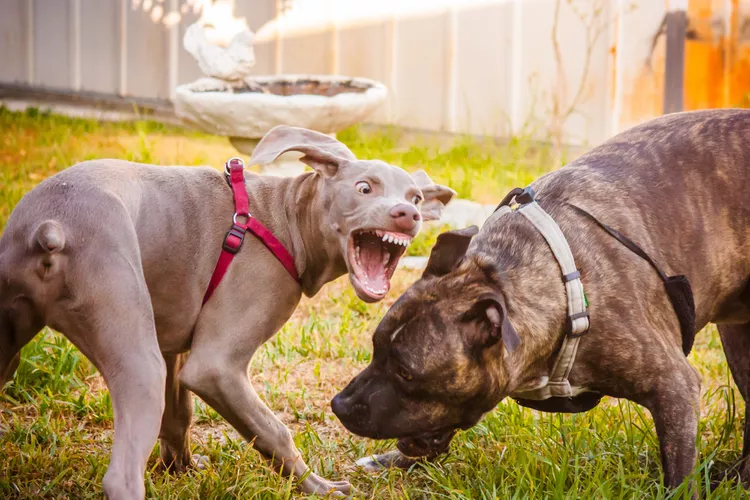
Recognizing Signs of Potential Aggression
It’s important to monitor for warning signs of aggression, such as:
- Growling or snapping
- A tense, rigid body posture
- Lip licking or yawning
- Avoiding eye contact
- Raised fur along the back
- Cowering or tail tucking
- Showing the whites of the eyes
These signs can also indicate anxiety or fear, not just aggression.
Next Steps for Managing Aggression
- Observe and Record: Note the circumstances and triggers of your dog’s aggressive behavior. Understanding the context can help in developing an effective management plan.
- Consult Your Veterinarian: Aggression that appears suddenly might be linked to medical issues like hypothyroidism, injuries, or neurological conditions. A thorough veterinary examination can rule out or address any health problems that might be contributing to the aggression.
- Seek Professional Help: If medical issues are ruled out, consult a professional dog trainer or animal behaviorist. Aggression is a serious issue that requires expert guidance. Look for referrals from your vet or contact organizations like the Association of Professional Dog Trainers.
- Develop a Management Plan: A behaviorist or trainer will help create a tailored plan for managing aggression, often using positive reinforcement. For example, if your dog is aggressive toward strangers, start with a safe distance and gradually decrease it while rewarding calm behavior with treats and praise.
- Avoid Punishment: Punishing aggressive behavior can make it worse and increase the risk of unprovoked aggression. Instead, focus on positive reinforcement to encourage desired behaviors.
- Consider Medication: In some cases, medication may be necessary to help manage aggression, especially if fear or anxiety is a factor. Consult with your veterinarian to explore this option.
- Evaluate Your Situation: Ensure that your lifestyle can support the training and management plan. If you have specific situations that consistently trigger aggression, such as having young children with an aggressive dog, you may need to consider finding a more suitable home for your dog.
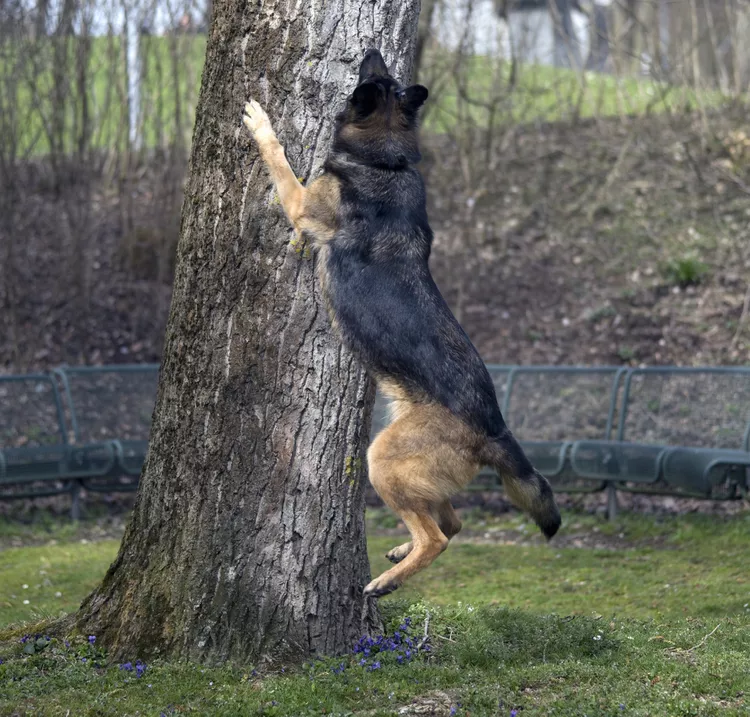
Addressing aggression takes time and patience, but with the right approach and support, you can help your dog develop more positive behaviors and improve your relationship.


